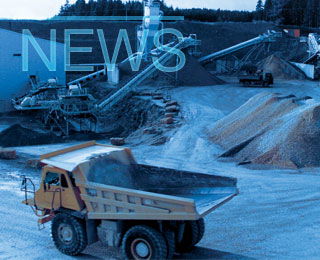Iran's cement production capacity has reached 90Mta but will need to increase its efficiency and energy management.
Majid Vafapour, head of the Cement Industry Employers Association acknowledges that, despite its achievements, the cement sector faces significant challenges, including energy supply disruptions. Mr Vafapour called on authorities to prioritise energy allocation to safeguard the sector, which he described as vital to other industries, including construction and transportation. “Over 30 cement kilns across the country are currently idle,” he said, emphasising the need for immediate government intervention to address energy imbalances. The industry has also been hit by financial strain, as operational costs remain steady despite production slowdowns. Furthermore, there is a need to halt the declining clinker reserves, which have fallen below strategic levels. “Cement is a time-sensitive commodity; it cannot be stockpiled. Production must align with consumption,” he said.
On the supply side, funding constraints have led to reduced activity in national infrastructure projects and therefore, domestic cement demand. Cement companies have needed to find additional sales in export markets to try and maintain capacity utilisation rates.
However, the positives are now clearly visible: “We are fully self-sufficient in meeting domestic demand for cement and export the surplus,” Mr Vafapour said. Approximately, 85 per cent of the required equipment and parts are manufactured domestically. “If international challenges are resolved and domestic projects regain momentum, the current 90Mta capacity could be fully utilised for domestic consumption,” he added.
Mr Vafapour highlighted ongoing initiatives to improve efficiency in the cement industry, such as using additives to enhance productivity and reduce energy consumption. These measures, he stated, could increase output by at least 20 per cent without the need for new facilities, aligning with environmental goals and energy conservation efforts.
